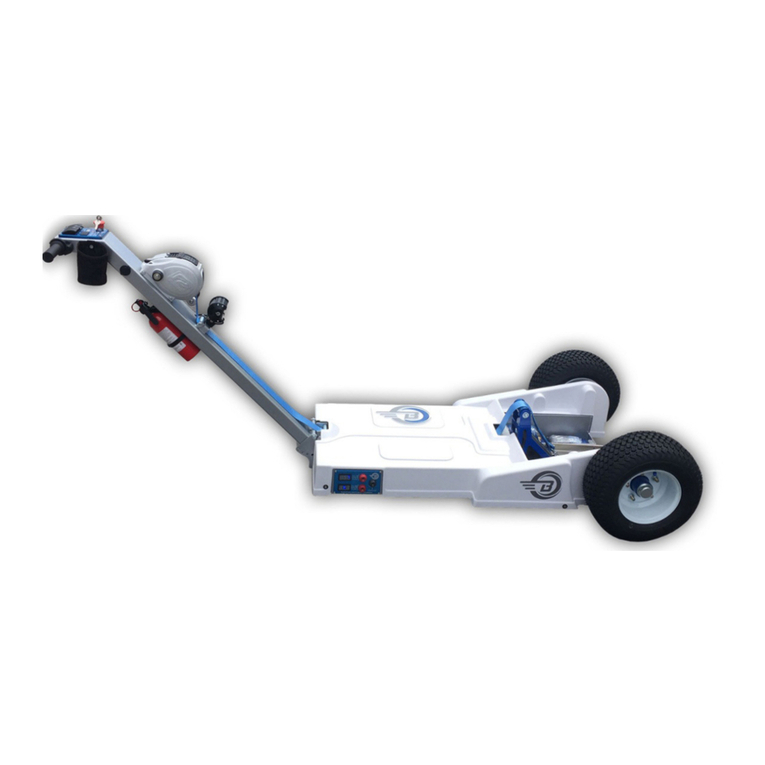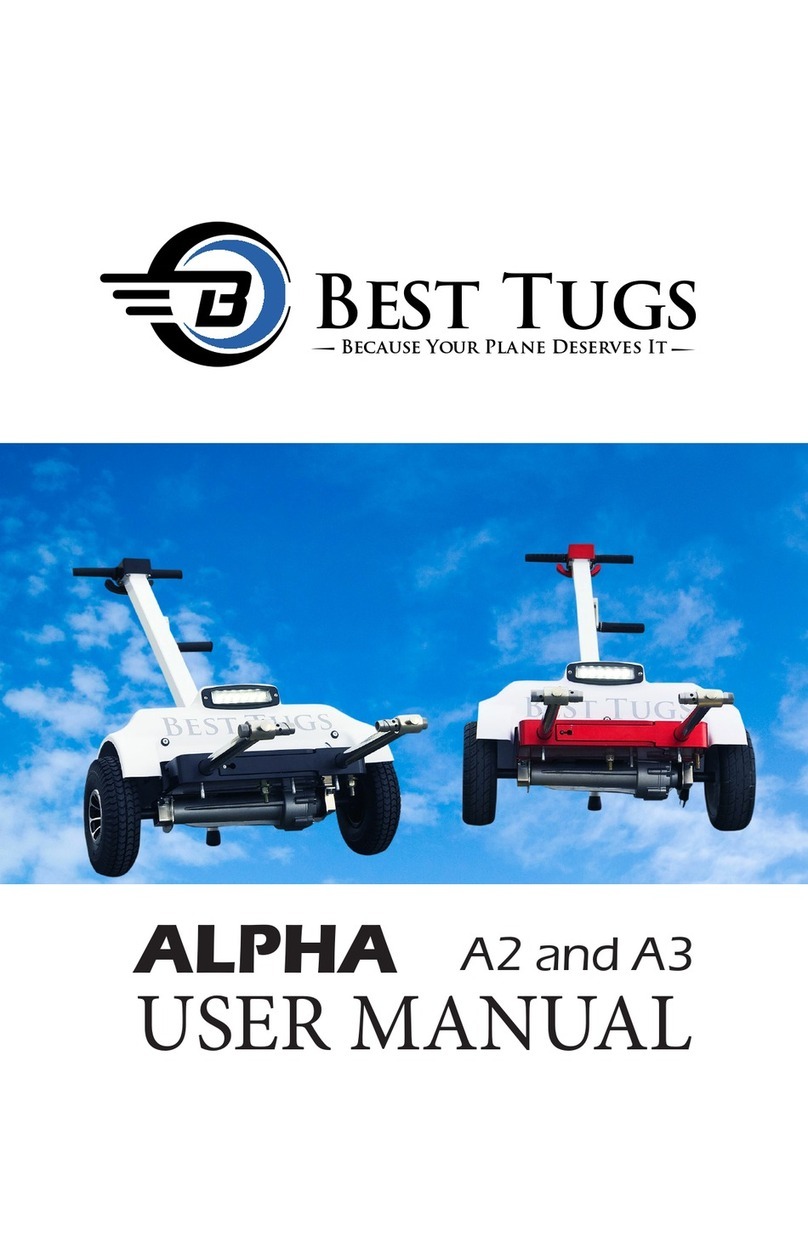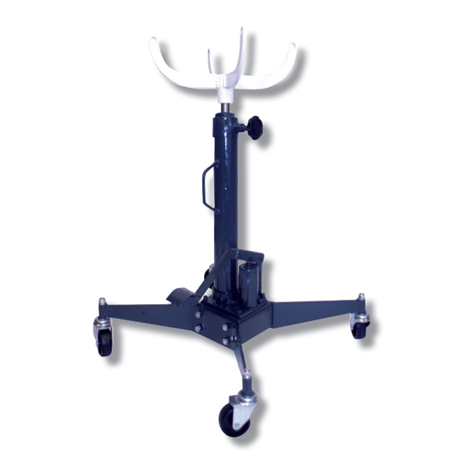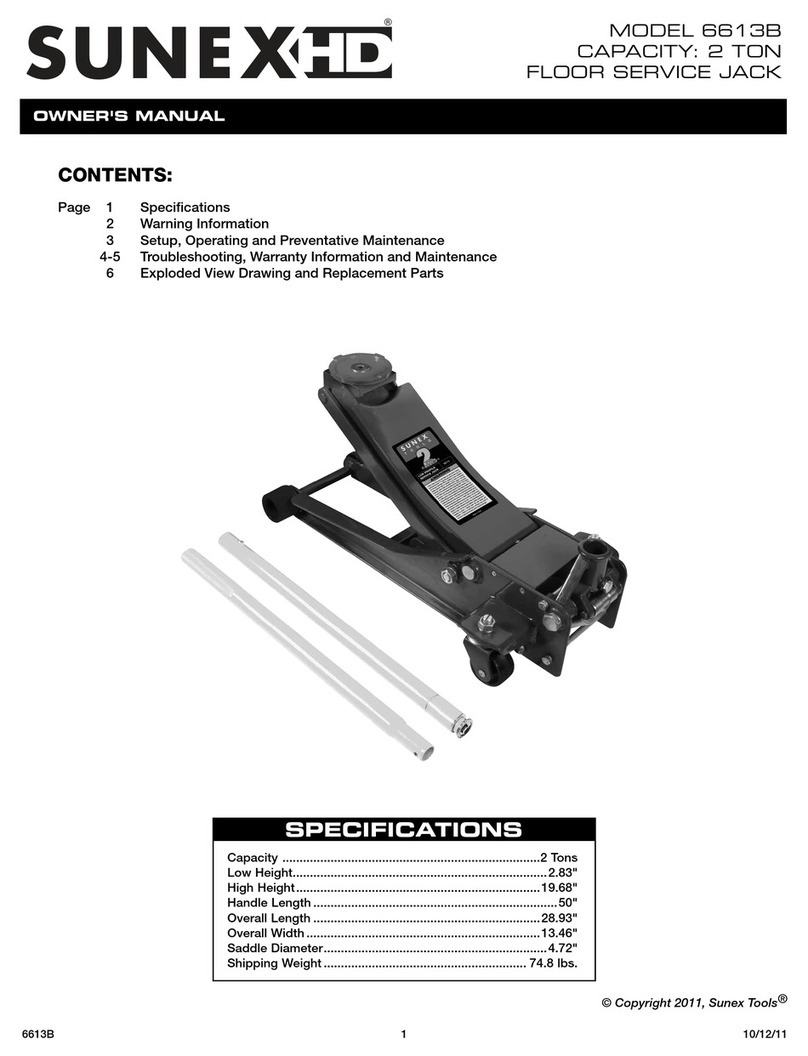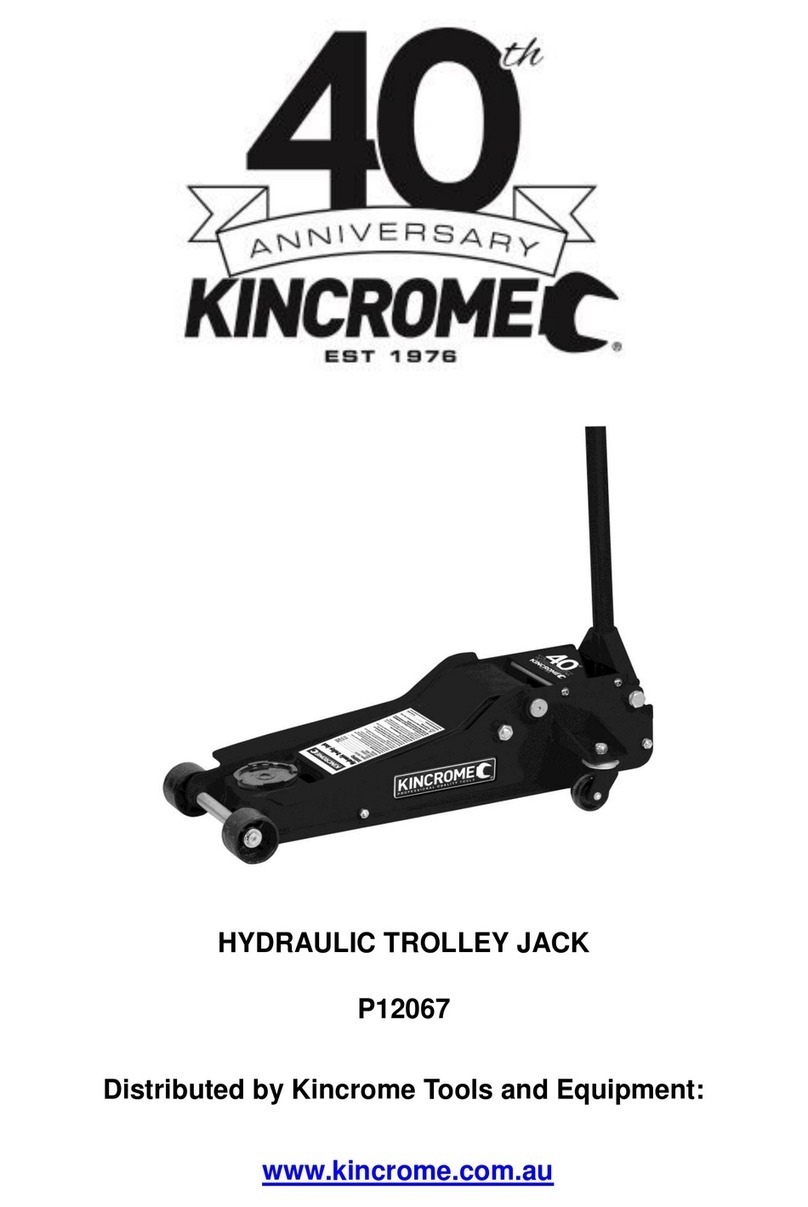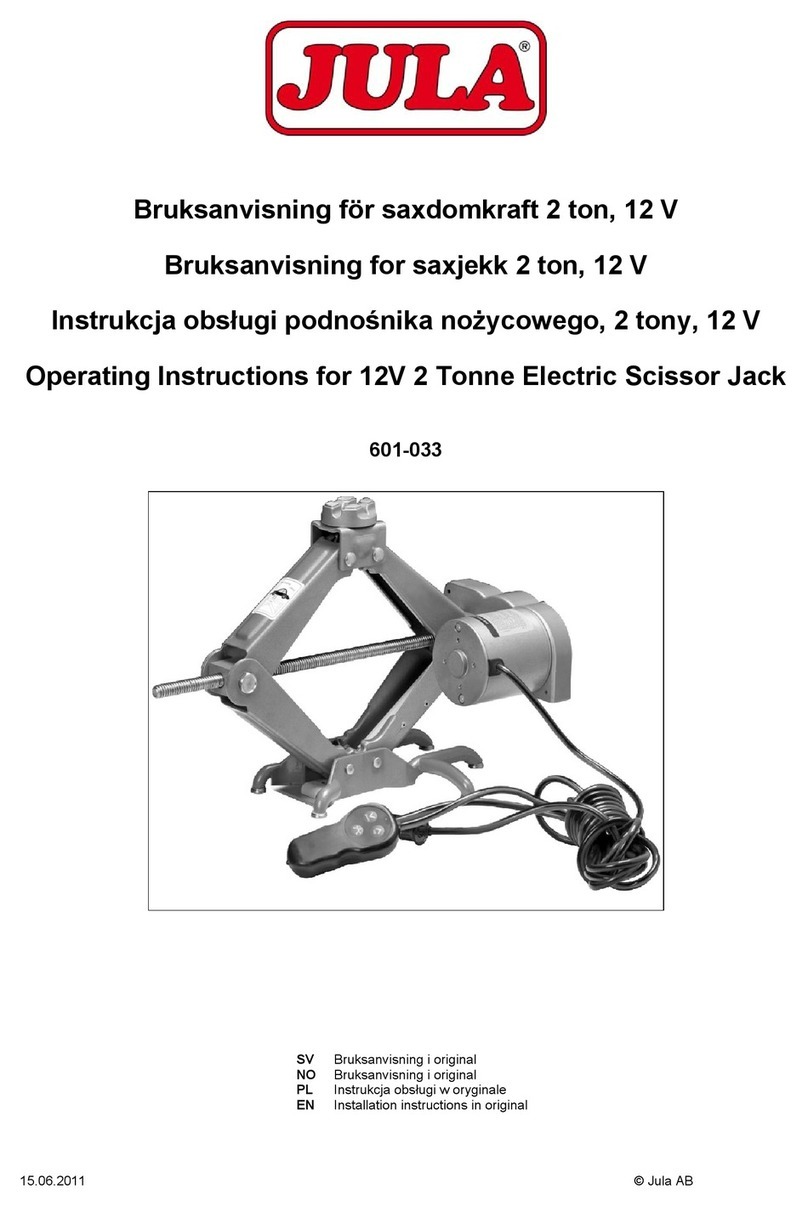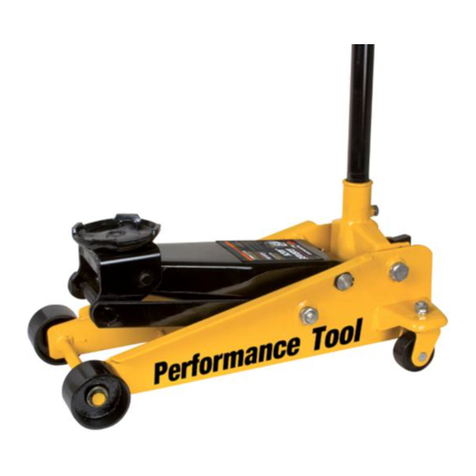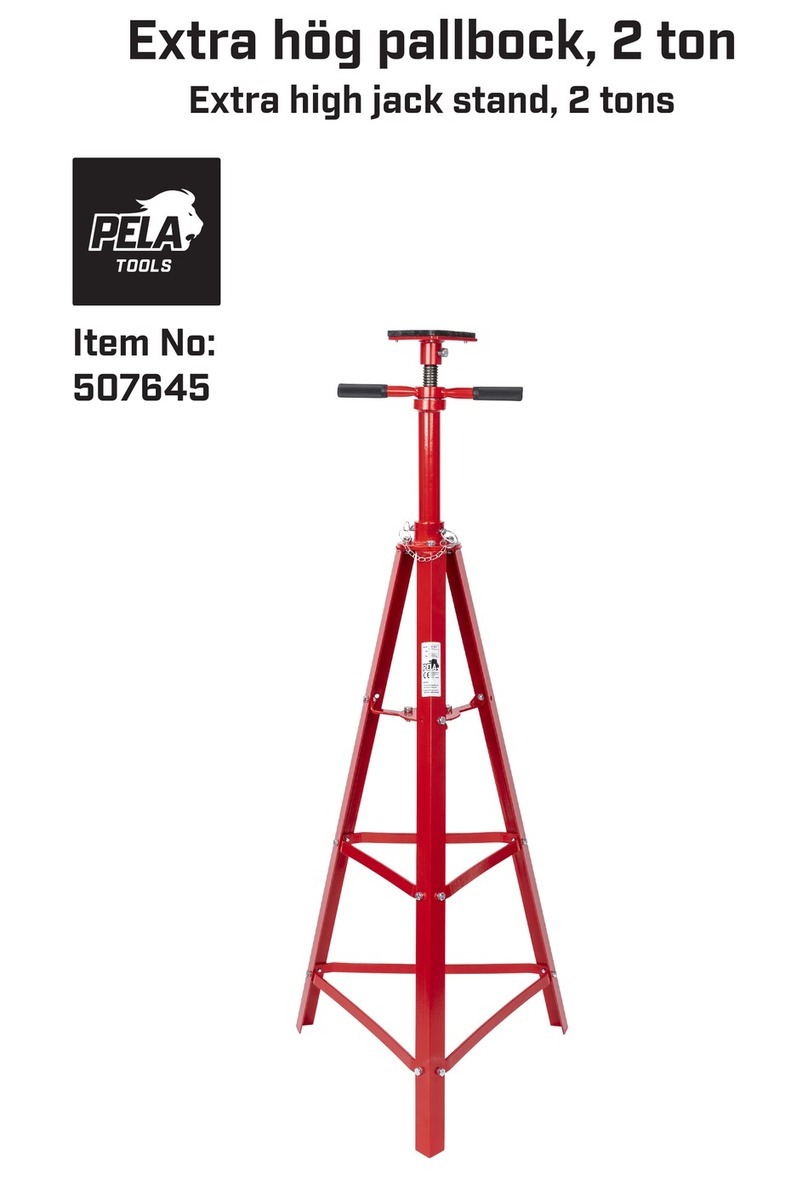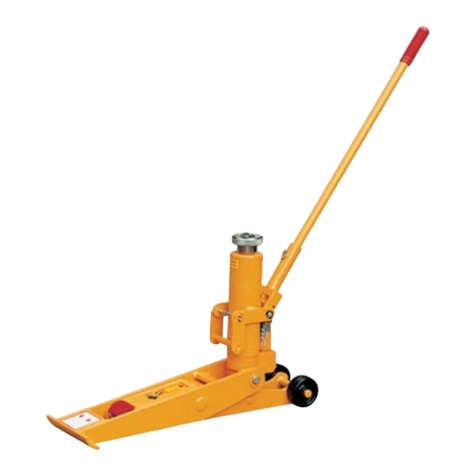Best Tugs ROMEO User manual

ROMEO
USER MANUAL

INTRODUCTION
Welcome to the Best Tugs Family!
We hope this tug lives up to your expectations and builds your love of aviation for
years to come.
Please read this manual. This guide is here to provide information that will help you
familiarize yourself with your tug, get more out of it, and use it safely.
After you’ve read this manual, if you still have any questions about functionality or
safe
use, please give us a call. Also, remember we love our customers and will always be
excited to discuss any questions you might have. We will do whatever we can to make
sure you and your plane are both safe while using your Best Tugs product.
- Team Best Tugs
Best Tugs
3573 North Main Street
Spanish Fork, UT 84660
800.914.2003

4 5
UNCRATING INSTRUCTIONS
Please read these instructions before
beginning. For any questions call us at
800.914.2003
Tools Needed:
- Phillips Head Screw
Driver (Drill/Impact is
easiest)
- 7/16 Socket
1. Start by removing the screws marked
with red paint from the lid. Remove top lid
from crate, keep the lid nearby to be used
in step 3. (FIG 1)
2. Remove screws from the wall nearest
the tug’s drive tires (Wall is marked with
red stripes.) Remove end wall. (FIG 2)
3. Place the lid on the edge of the crate to
create a ramp for the tug to drive out on. We
recommend using your foot to add a bit of
extra security while pulling the tug out. (FIG 3)
4. Remove four (4) lag bolts with 7/16
socket from Romeo’s base plate. Bolts are
indicated with tags. These bolts are securing
the tug to the crate.
Foot Here
FIG 1
FIG 2
FIG 3
2
1
5. Take remote out of packaging. Turn
on remote by pushing the power
button behind the steer wheel. Push the
throttle away from the handle to drive
out of the crate. (FIG 4)
6. Double check to make sure both
E-Stop switches are popped out by
twisting them clockwise. Push the
master switch to the “on” position. The
light on the switch will turn blue when
the tug is on. (FIG 5) Note: Switch next
to master is for optional air compressor,
switch will only accompany option.
7. Attach your Best Tugs to your aircraft.
Email cool pictures of your tug and
to keep a picture of your aircraft and
tug in our les. You may also see it on
our website or social media. (With your
permission of course)
Most of all, enjoy your new Best Tugs!
Power Switch
E-Stop
Master Switch
Air Compressor
(optional)
FIG 4
FIG 5

6 7
REMOTE FUNCTIONS
1 - ROTATE/LOCK:
Raise/Lower Lazy Susan
rotation locking pin.
2 - LOAD/UNLOAD:
Locks the loading hook.
See page 7 for more.
3 - LOAD/UNLOAD:
Visual image for position
of loading hook.
4 - LOCK/ROTATE:
Visual image for Lazy
Susan locking pin.
5 - THROTTLE TRIM:
If tug inches forward/
backward when throttle is
released, use this to remedy.
6 - STEER TRIM:
If tug is drifting left/right
use this to rememdy.
7 - POWER
Push to turn on.
Hold to turn off.
8 - LIGHT
Foward to turn on.
Backward to turn off.
More details on remote
usage on page 6
1
3
45
67
8
2
WHAT’S IN THE CRATE?
External Charger
Remote Control

8 9
USING YOUR TUG
1. Turn on the remote
2. Turn on the tug (if you turn the tug on rst,
there’s a chance the unit will go into “Safety
Mode” which will require you to reset the
tug by turning it off and back on again.
3. Take a moment to orient yourself
regarding the tug’s position and what
movements you need to make.
4. As you familiarize yourself with how the
tug drives and maneuvers, make slow,
subtle adjustments.
We strongly recommend driving the
tug around the ramp/hangar without an
aircraft loaded to get comfortable with the
handling.
Please note that directions are relative to
the tug only, not to the remote. Keep that in
mind as you are driving your tug.
Loading Your Plane
Double check your loading tray so you know what is the
current conguration of your unit.
1. Chock aircraft mains. Position tug with nose wheel
centered on loading ramp about six inches away from
nose.
2. Make sure the loading ramp is down to allow the plane
enter the cage. Set the locking hook. It will catch the cage
when it loads and secure your aircraft in place. (FIG 6-7)
3. Drive the tug under your nose wheel until the cage locks
securely.
**See BestTugs.com for videos on loading.**
Unloading Your Plane
1. Make sure tug is in line with plane.
Chock aircraft mains.
2. Push LOAD/UNLOAD button on remote controller to
release locking hook. (FIG 8)
3. Drive tug away from nose wheel.
UNLOAD
LOAD
FIG 6
FIG 7
FIG 8

10 11
Moving Your Plane
Check the surroundings of the plane, remove any obstructions, and verify wheel chocks have
been removed. Make sure you familiarize yourself with how long it takes for your plane to
ramp up/down and stop. That “coast” when slowing is due to the software that protects your
nose gear from unnecessary damage and stress. Take the time to get used to this feature and
be aware as you move your aircraft.
We strongly recommend using your tug without aircraft attached to get used to the controls
and movements. This is a very user friendly system to use but can take a bit of practice to get
familiar with initially.
As you are moving your plane, be sure your nose gear can handle the turns you are taking.
As the
operator, you are responsible for knowing the limitations of your specic aircraft.
Storage
Store your tug in an area that is dry and safe from the elements. Limited exposure to rain and
snow will not affect the electrical systems, however, extended exposure is not recommended. If
you would like a cover for your tug, call us at 800.914.2003
Charge your tug whenever the charge status reads less than 70%. If you do not plan on using
your tug for an extended period of time, leave your tug plugged in and our Smart Charge™
technology will take care of the battery. Always make sure your tug and accessories are
TURNED OFF.
CONTINUED USE Maintenance
Recommended tire pressure is 35 psi. Check consistently to make sure the motors are not
pushing more resistence than necessary. Tighten chains every 12 months for safe operation.
To tighten chains, remove the six (6) Allen screws around the perimeter of the cover, loosen
ve (5) bolts on the motor mount. Using pry bar, tighten chains by pushing against the axel
until there is little to no slack in the chains. While keeping tension, retighten bolts. If you have
any questions about this process, give us a call at 800.914.2003 and we will happily walk you
through the steps. Contact customer support to replace winch strap when showing wear.
Caster wheel will need to be re-greased every two years for continuous use.
Battery Care
Charging your tug is as simple as plugging your included smart charger into your standard outlet
and plug the charger into the tug. To determine the accurate status of your battery’s charge,
leave the tug at rest for more than 60 seconds. Charge your tug when the battery falls below
70% at rest for optimal battery life. The tug constantly calculates the state of charge which is why
the percentage uctuates while moving your plane. That dramatic change is totally normal.
Make sure your Master Switch and LED Light are both turned off when charging. Leaving them
on may damage your batteries. We use Duracell Ultra Gel deep cycle batteries. When your
batteries are beginning to wear out you will notice shorter times needed between charges.
Replacement batteries can be picked up at most local battery stores. To access the batteries,
take off the cover but pulling on the edges. The cover will slide off with some pressure.

12
Warranty
Best Tugs™ includes a 1 year standard warranty on parts and 1 year warranty on the drive train
from date of delivery. Warranty excludes labor and cost of shipping. Batteries are not covered
in Best Tugs warranty. If you purchased the 3 year warranty for $495, the same standard
warranty will apply for the full 3 year period.
This warranty does not apply to any Best Tugs™ component part(s) that have damage caused
by: misuse of the tug, accidents, collision or object striking the tug, vandalism, re, explosion,
water damage, customer-applied chemicals to painted surfaces, improper handling or
application, nor does it extend to the Best Tugs™ parts which have been repaired or altered
outside of Best Tugs™ provided maintenance of an authorized service representative. Furthermore,
any modication of the Best Tugs™ MUST be pre-approved and documented in writing by Best
Tugs™. Failure to do so voids the warranty.
Table of contents
Other Best Tugs Jack manuals
Popular Jack manuals by other brands

K Tool International
K Tool International KTI61202 owner's manual
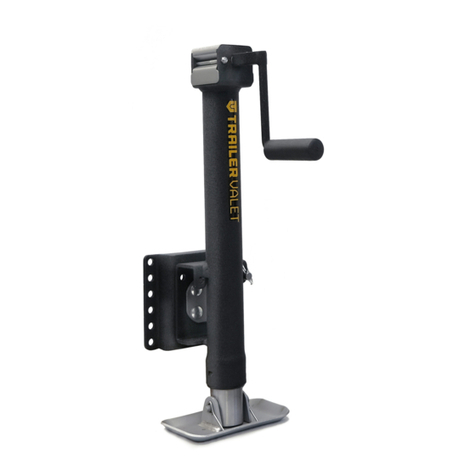
Trailer Valet
Trailer Valet JX Series operating manual
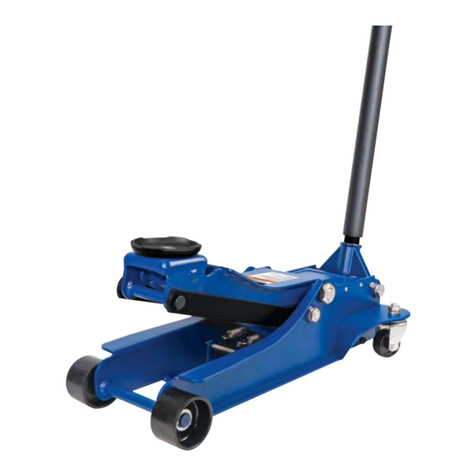
ATD Tools
ATD Tools 7514 owner's manual
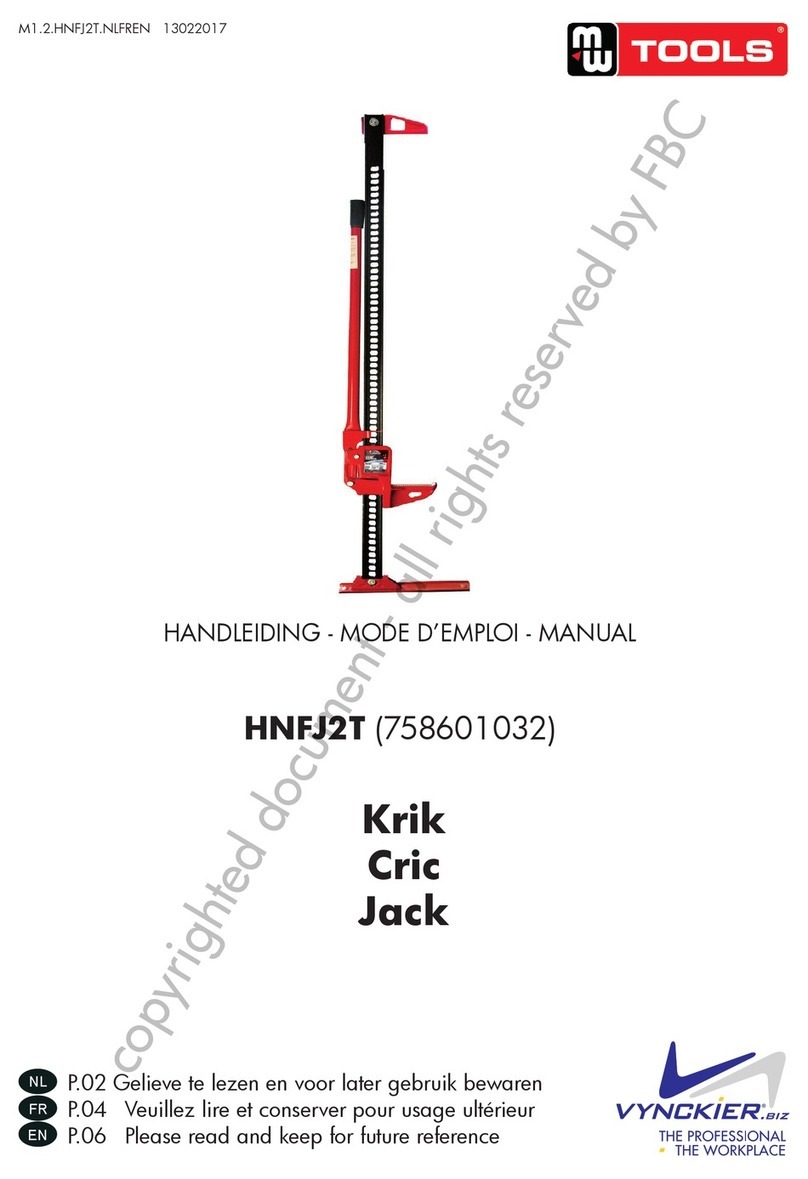
MW TOOLS
MW TOOLS HNFJ2T manual

Central Hydraulics
Central Hydraulics 94682 Assembly and operating instructions
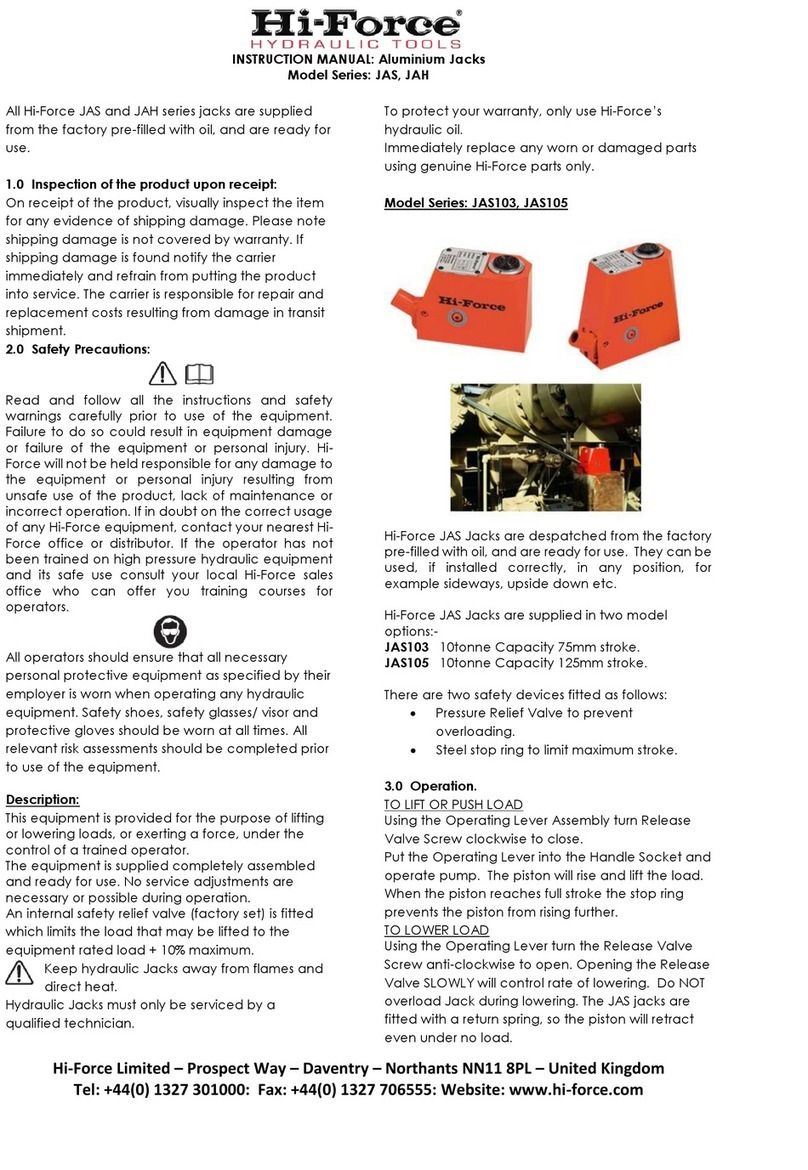
Hi-Force
Hi-Force JAS Series instruction manual

